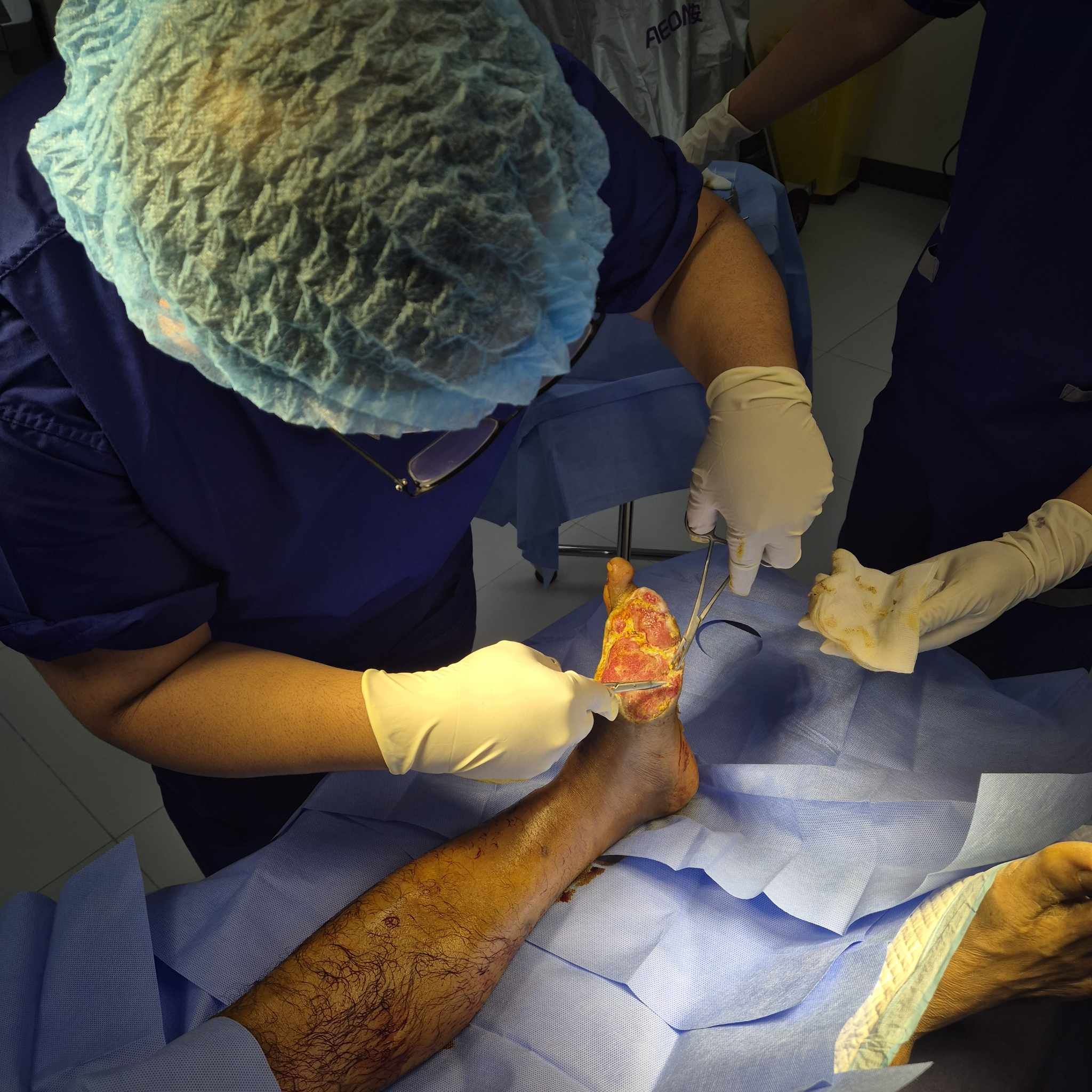Wrist fusion surgery, medically known as wrist arthrodesis, is a crucial procedure designed to alleviate severe wrist pain and restore stability by permanently joining the bones in the wrist. This surgical intervention becomes necessary when conservative treatments fail to address debilitating wrist conditions, such as severe arthritis or trauma.
Understanding Wrist Fusion
Wrist fusion involves the surgical immobilization of the wrist joint by fusing the bones together. This procedure aims to eliminate pain by eliminating movement in the affected joint, thereby providing stability and enabling patients to regain functional use of their hands.
Traditional Wrist Fusion Techniques
Traditionally, wrist fusion has been performed using open surgery techniques, where large incisions are made to access the bones and fixate them with screws or plates. While effective, these methods often require extended recovery periods and can result in significant post-operative discomfort.
Recent Technological Innovations
Recent advancements in surgical techniques have revolutionized wrist fusion procedures. Orthopedic surgeons now utilize minimally invasive approaches, involving smaller incisions and specialized tools guided by advanced imaging technologies such as fluoroscopy or arthroscopy. These techniques minimize tissue damage, reduce recovery times, and lower the risk of complications.
Biological Enhancements
Biocompatible materials and implants play a crucial role in modern wrist fusion surgery. Surgeons may use bone grafts, synthetic materials, or implants made from titanium or other alloys that promote bone growth and fusion. Additionally, advancements in regenerative medicine have introduced biologic agents that accelerate healing and improve the success rates of fusion procedures.
Patient Benefits and Considerations
Patients undergoing advanced wrist fusion techniques experience improved pain management strategies tailored to their individual needs. Enhanced mobility and functionality are commonly reported post-surgery, enabling patients to resume daily activities with reduced discomfort. Orthopedic specialists evaluate each patient’s condition carefully to determine the most suitable treatment approach, considering factors such as age, overall health, and the severity of the wrist condition.
Future Directions in Wrist Fusion
The future of wrist fusion surgery continues to evolve with ongoing research and technological innovations. Researchers are exploring novel biomaterials, improved implant designs, and enhanced surgical techniques aimed at further optimizing outcomes and patient satisfaction. Continuous advancements in orthopedic care promise to redefine treatment standards and expand treatment options for individuals suffering from debilitating wrist conditions.
Takeaway
Staying informed about the latest advances in wrist fusion techniques is essential for patients considering surgical intervention for chronic wrist pain and instability. Consultation with experienced orthopedic specialists, such as those at Tec Orthopedics, ensures access to cutting-edge treatment options tailored to individual needs. By embracing innovative approaches in wrist fusion surgery, patients can look forward to enhanced recovery outcomes and improved quality of life.










